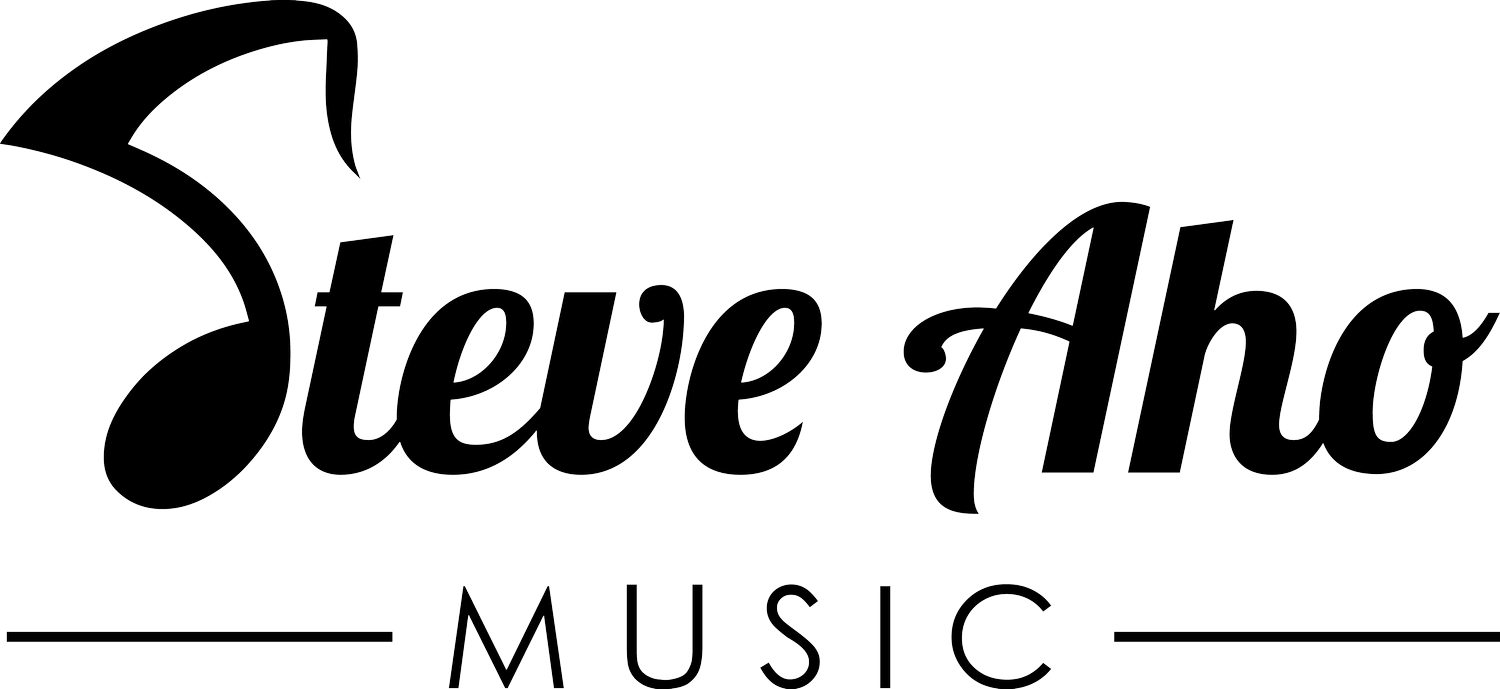first impressions of dorico
Last night I had the pleasure of attending a special seminar in Los Angeles given by Daniel Spreadbury demonstrating Steinberg’s new notation application, Dorico. As some readers may already be aware, Avid -- the parent company of Sibelius -- laid off its core team of developers several years ago, and this team was quickly snatched up by Steinberg and given the task of developing a fresh new notation program. The resulting product, Dorico, was released in the last quarter of 2016.
last night’s presentation:
Mr. Spreadbury’s presentation last night was outstanding. Despite starting a bit late (LA traffic), a number of very impressive features were demonstrated. Intuitive setup, workflow, layout, intelligence, flexibility and efficiency make Dorico stand out as a very viable competitor to Finale and Sibelius. Dorico’s team has poured their talents into this new software, and their attention to detail, design and execution is invigorating.
Having had a chance to work with the program personally for several days prior to attending Mr. Spreadbury’s presentation, here are some features to report my impressions on:
setup
Score setup is quite straight-forward and logical. Upon starting the program, the user is greeted with the “Steinberg Hub” menu, which, among other options, offers the user a choice of various orchestral, band, choral, musical theater, and chamber music templates. Regrettably missing are templates for big-band, small jazz ensembles, and most other pop / rock music ensembles. Upon selecting a template, a blank score containing a single quarter rest appears on the screen, ready to accept notation input.
operation modes
Dorico features five discrete “modes” for different types of tasks: Setup, Write, Engrave, Play, and Print. You can quickly switch between the five modes with the ⌘(command)+1-5 keys.
keyboard shortcuts (key commands)
As a user who absolutely detests reaching for the mouse or trackpad, I love that there is a key command for nearly every action within the program. Although the default commands are very logically laid out and share some similarities to other notation programs I am familiar with, every key command is customizable, and each action lacking a default key command by default can have one assigned to it. However, hovering the mouse cursor over buttons in the user interface does not always display the corresponding key command, which I find to be slightly annoying and hope that Dorico will address in a future update.
music input
Inputting notes, dynamics, articulations, lyrics, and other musical elements into Dorico is quite easy to figure out, and once I better familiarize myself with the menus and keyboard shortcuts, I believe input can be done much faster and more efficiently using Dorico than with any of the competing notation programs. The layout looks quite beautiful immediately upon entering notes with virtually no alignment or collision issues. I also tested opening several scores that were exported from other programs using MusicXML and found the results to be quite impressive.
sounds and playback
One of the first things I noticed when inputting notes into Dorico was the superb sound quality. Dorico makes use of the HALion Sonic SE VST instruments, and their default settings are quite good. Perhaps the days of sending a disclaimer to clients to apologize for a cheesy sounding orchestral mockup may be finally over!
Another feature I love is the ability to fine-adjust the parts in piano roll view without affecting the printed notation - very useful for tweaking specific parts to make even more realistic sounding playback. Dorico also supports nearly every third-party VST3 instrument and plugin, and I was pleased to see that all of my third-party VST3 plugins were available and functional within Dorico without too much additional configuration needed.
no chord symbol support yet
According to Dorico, this feature will be included in a future update. Their reasoning behind omitting this feature seems to have been largely due to the time constraints of the release deadline. Since I work a lot in pop and jazz genres, this missing feature will unfortunately prevent me from being able to seriously use Dorico for the time being. However, I plan to begin training myself in how to use Dorico in anticipation this feature release.
conclusion
Dorico is a very promising, well-designed program, and I wholeheartedly compliment Daniel Spreadbury and the Dorico development team for their hard work. As many Finale and Sibelius users will attest, the increasing need for workarounds and third party plugins to compensate for buggy or illogical behavior in those programs has long been a source of irritation to users. Dorico, while not quite perfect yet, has enormous potential and I believe that it may eventually be the notation program that many of us have long wished for. I look forward to the release of the next update of Dorico and may then seriously consider abandoning Sibelius and Finale altogether.

